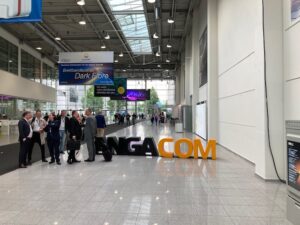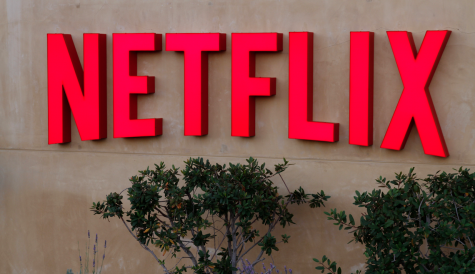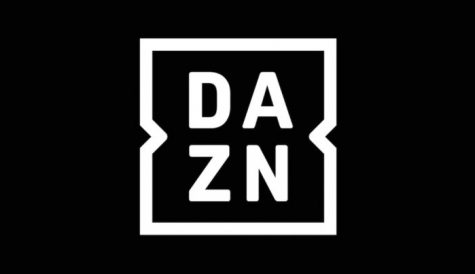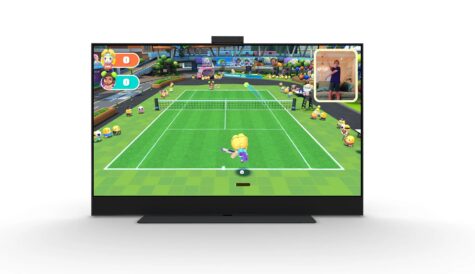ANGA COM: taking Germany’s temperature

Attending ANGA COM, the annual German broadband and TV trade fair, provides international visitors with a once-in-a-year opportunity to take the temperature of Europe’s largest market for services.
This year’s primary focus – at least in terms of the ANGA COM Congress – was fibre and the politics of fibre.
Germany, like other European markets, is engaged in a race to deliver higher-speed broadband to as many homes as possible over the next few years, something that is universally seen as key to economic growth.
Most attention, including from government is focused on full-fibre networks. At ANGA COM, Gertrud Husch, head of department at Germany’s Federal Ministry for digital and transport, expressed concern that fibre expansion was happening too slowly, particularly in rural areas. Questions remain over appropriate funding models.
Service providers meanwhile expressed concern about Deutsche Telekom’s alleged cherrypicking of areas where it is overbuilding existing networks with fibre.
Speaking on the opening session, state secretary for digital and transport Stephan Schnorr fought shy of committing to introduce regulatory measures to rein Telekom in, saying there was no evidence that the telco is targeting rivals to squeeze them out of the market with its fibre rollout.
Others including Stephan Albers, managing director of alternative fibre builders’ association BREKO, disagreed. However, and called on the government, as a major shareholder in Telekom, to intervene.
What of Vodafone, Germany’s biggest cable operator and rival to Telekom? Vodafone Deutschland’s new CEO Philippe Rogge was present at ANGA COM, and talked about the group’s fibre JV with Altice, which is to invest in fibre in underserved areas.
Vodafone, which is struggling in Germany on a variety of fronts, is also upgrading its existing HFC infrastructure. Only a minority of German cable homes currently take broadband from their provider, and it is crucial to an operator such as Vodafone to see this number rise.
Attracting broadband subscribers to cable means having a compelling offering. Vodafone already offers 1Gbps services and Vodafone’s Rogge said his company was looking at DOCSIS 4.0 – the latest version of the cable broadband standard that will be widely deployed in the US and some other markets alongside a move to distribute access architecture.
Whether this will happen quickly in Germany is doubted by some observers. At the company’s ANGA COM press conference, Hanno Narjus, SVP of Teleste Broadband Networks told journalists that the German market itself was lagging behind the rest of Europe because of legacy network issues. He said he expected Germany operators to squeeze out DOCSIS 3.1 and 1.2GHz plant, complemented by fibre overbuilds. He said that the legacy issues associated with German networks meant that swapping out passives is difficult making an upgrade to DOCSIS 4.0 a difficult proposition.
TV and streaming
So much for broadband. What about TV and streaming? Discussion of the video business at ANGA COM was somewhat muted. Debates during the Congress included sessions on the future of streaming, on whether free or pay TV would prevail and on the likely outcome of a change in the law that means cable operators will no longer be able to strike collective contracts with housing associations.
While international streamers such as Netflix have focused on the basic work of attracting subscribers to their content line up, and retaining them, Germany’s broadcasters see digital platforms as potential fields of innovation, with consumers likely to be won over by interactive functionality. ProSiebenSat.1 is banking heavily on its Joyn platform to secure a future in the face of a declining market for traditional linear advertising. Both Joyn and RTL’s streaming service RTL+ are placing emphasis on live streaming in a way that international players are not (with the exception of sports streamer DAZN).
The travails of Germany’s free-to-air broadcasters, faced with a depressed advertising market, form the background of a move to expand their digital presence, though still primarily via a free-to-view, advertising-funded model. This is perhaps not surprising in a market that has proved notoriously hard to crack for premium offerings. Pay TV operators Sky was notable by its absence from the free vs. pay discussion, with speculation ongoing that Comcast will do anything necessary to find a buyer for its German (and possibly also for its Italian) operation. Reuters reported this week that Sky and ProSiebenSat.1 had resumed talks about a possible combination of their businesses, with Comcast/Sky prepared to offer a sweetener to offload the German business.
ANGA COM also included a discussion on the future of cable TV as the practice of striking collective supply contracts with housing associations – without an opt-out for tenants – is set to come to a definitive halt in June next year.
Notable by their absence on this panel were the biggest likely loser from the change (Vodafone) and one of the biggest potential winners (Deutsche Telekom). The cable industry was represented by Stephan Kalleder, senior director, products and growth at Tele Columbus, who said he believed that “most people will stick with cable” after the deadline.
That may be true. Germany is a relatively conservative market, both for telecom services and for TV, and change happens relatively slowly. There was however a distinct sense of uncertainty at this year’s ANGA COM about what the future holds.
The rollout of high-speed internet, including fibre, will happen but it is far from clear at what speed and with what ultimate outcome for the shape of the industry.
Similarly, the TV market is currently struggling with as ever advertising recession, limiting the expected rush to ad-funded video from streamers and the realisation of a free-to-view digital future for Germany’s legacy broadcasters. We may need to wait another year to see some more clearly defined patterns emerge.



